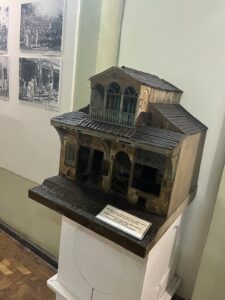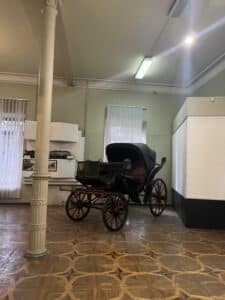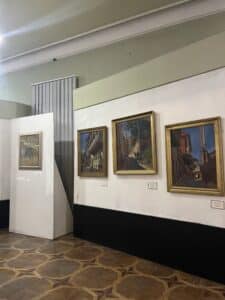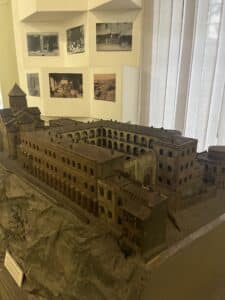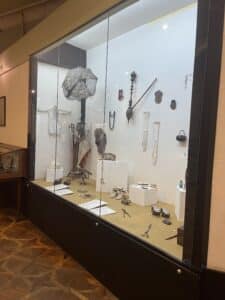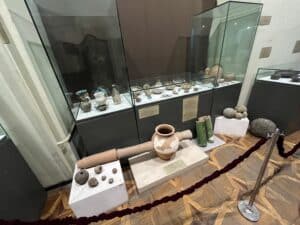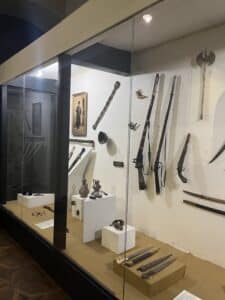The Tbilisi History Museum is a quick peak into the city’s 19th century past that helps solidify its importance as a commercial hub at the cultural crossroads of the Persian, Ottoman, and Russian empires. Housed in a historic building with other worthwhile museums and telling its story through models, life-size dioramas, historic photographs, and other means to make you feel like you are experiencing the history, this small museum is well worth an hour or so of your time.
The Tbilisi History Museum’s Historic Building

The Tbilisi History Museum was one of the first locations that caught my eye upon arrival in Tbilisi, not least because of its fascinating location. The museum is located on the famous Sioni Street inside a renovated caravanserai – an inn for that caravans that once travelled Eurasia. The particular caravanserai that now houses the Tbilisi History Museum was originally built as an attachment to Sioni Cathedral by King Rostom in the 17th century, when Tbilisi was a vassal territory under Safavid Iran. In 1795, the original structure was destroyed after Tbilisi was devastated when Persia invaded. Tbilisi and its trade routes eventually recovered and the caravanserai was soon needed again, and so a Turkish merchant rebuilt it in the early 1800s. As such, the museum’s building is a living testament that retains Tbilisi’s history as a Silk Road trading hub that straddled major civilizations.
Today, the renovated caravanserai is made up of three floors. The basement features miscellaneous handicraft shops, the Tbilisi Wine Museum, and a new Museum of Georgian Weapons, which opened in 2023. The second floor holds an exhibit of modern paintings. The Tbilisi History Museum is the most prominent feature of the caravanserai – located at the street level and filling up an entire floor. The museum itself was opened in 1910 and has since served as the principal museum dedicated to the history of Tbilisi.
Visiting the Tbilisi History Museum
The museum’s main focus is on modern history. Most exhibits come from the 19th century and show Tbilisi’s history more than they tell it. As opposed to wordy signs and placards, the museum recreates the Tbilisi of that time with large dioramas. The first hall offers life-size recreations of 19th-century facades of a restaurant, bar, and carpet store. A second hall recreates common spaces such as a teahouse adorned with smoking implements and rugs to lounge on. What stood out to me most in these first two halls, was how much influence Middle Eastern culture had on Tbilisi’s image. Tbilisi was under direct Iranian and Ottoman influence for over two centuries, and the first hall shows the effects of this on Tbilisi’s architecture and culture.
There are also exhibits showing fashion and transportation as would have appeared on Tbilisi’s streets at the time. Other exhibits show the city through historical photographs and paintings or smaller models of important historical buildings such as palaces, churches, and workshops. Various objects from daily life are also shown.
The last room of the museum contains miscellaneous artifacts from Georgian history. The oldest artifacts are from the Bronze Age, and the exhibit hosts an impressive collection of Georgian ceramics discovered in and around Tbilisi. As for more recent artifacts, exhibits contain traditional musical instruments and rugs that illustrate Georgia’s rich history of craftsmanship. There is also a section dedicated to weapons such as traditional Georgian sabers and knives, as well as firearms used by empires that fought over Georgian territory. For a more interactive military history tour, there is also the Georgian Weapons Museum one floor down in the same building.
While the Tbilisi History Museum is small, it boasts a variety of objects and dioramas that strikingly show the ancient and cosmopolitan nature of the Georgian capital in the 19th century. If you are in the area and have an hour, it is worth dropping in for a taste of historical Tbilisi.
You Might Also Like
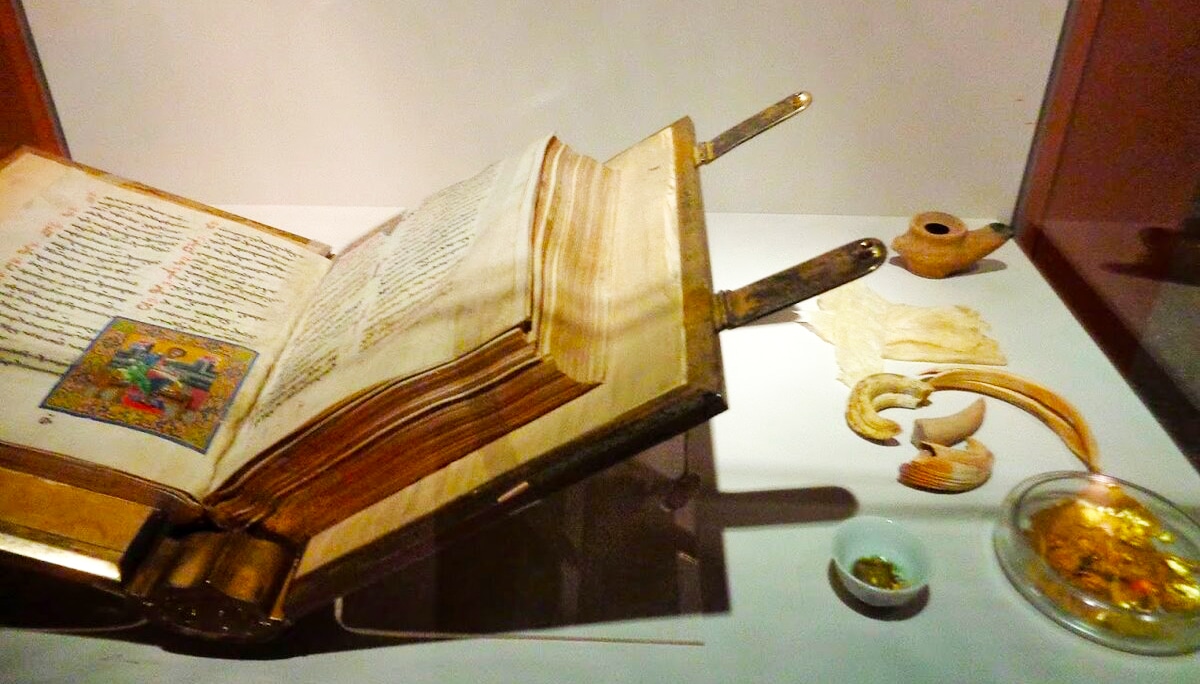
The Simon Janashia Museum of Georgia (The National Museum of Georgia)
The Simon Janashia Museum of Georgia is a great first stop in Georgia for an essential overview of the country’s place not only as a small country that has long lived at the crossroads of great empires but also as a modern nation with a layered millennia-old history unto itself. The museum shows the highlights […]
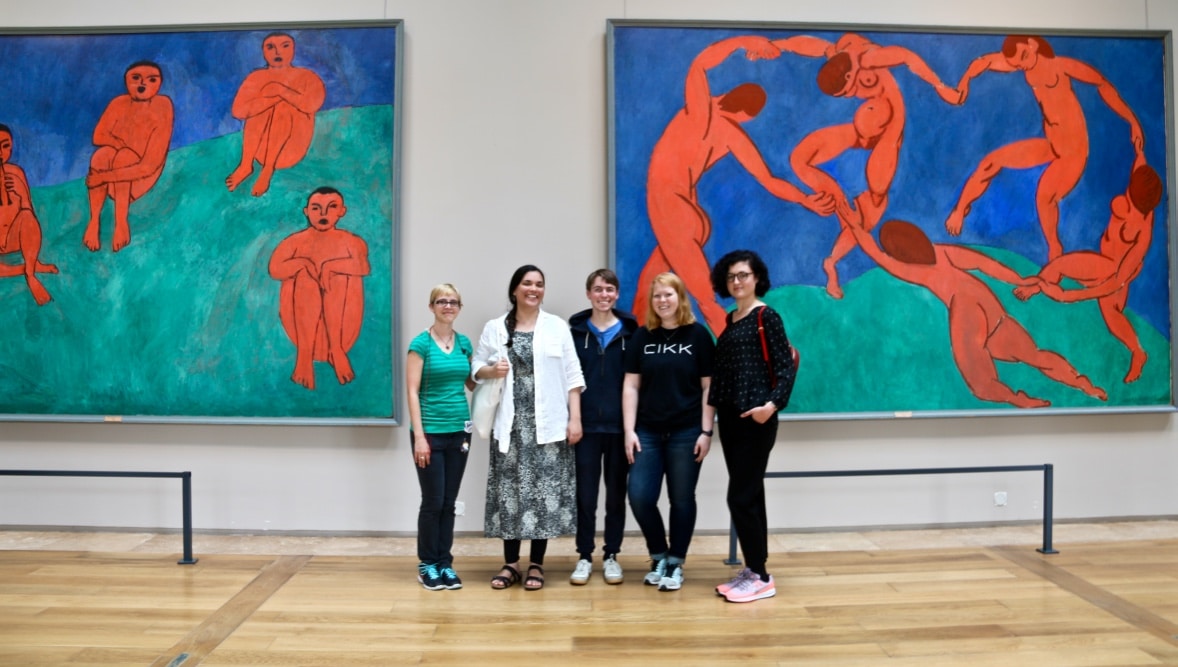
Museums as Self-Care
In 2018, doctors in Montreal began prescribing visits to the Montreal Museum of Fine Arts (MMFA) for patients experiencing depression, anxiety, and other health issues. This innovative approach to mental health treatment was launched under the initiative of the MMFA in collaboration with Médecins francophones du Canada (MFdC). The program allows physicians to provide patients […]
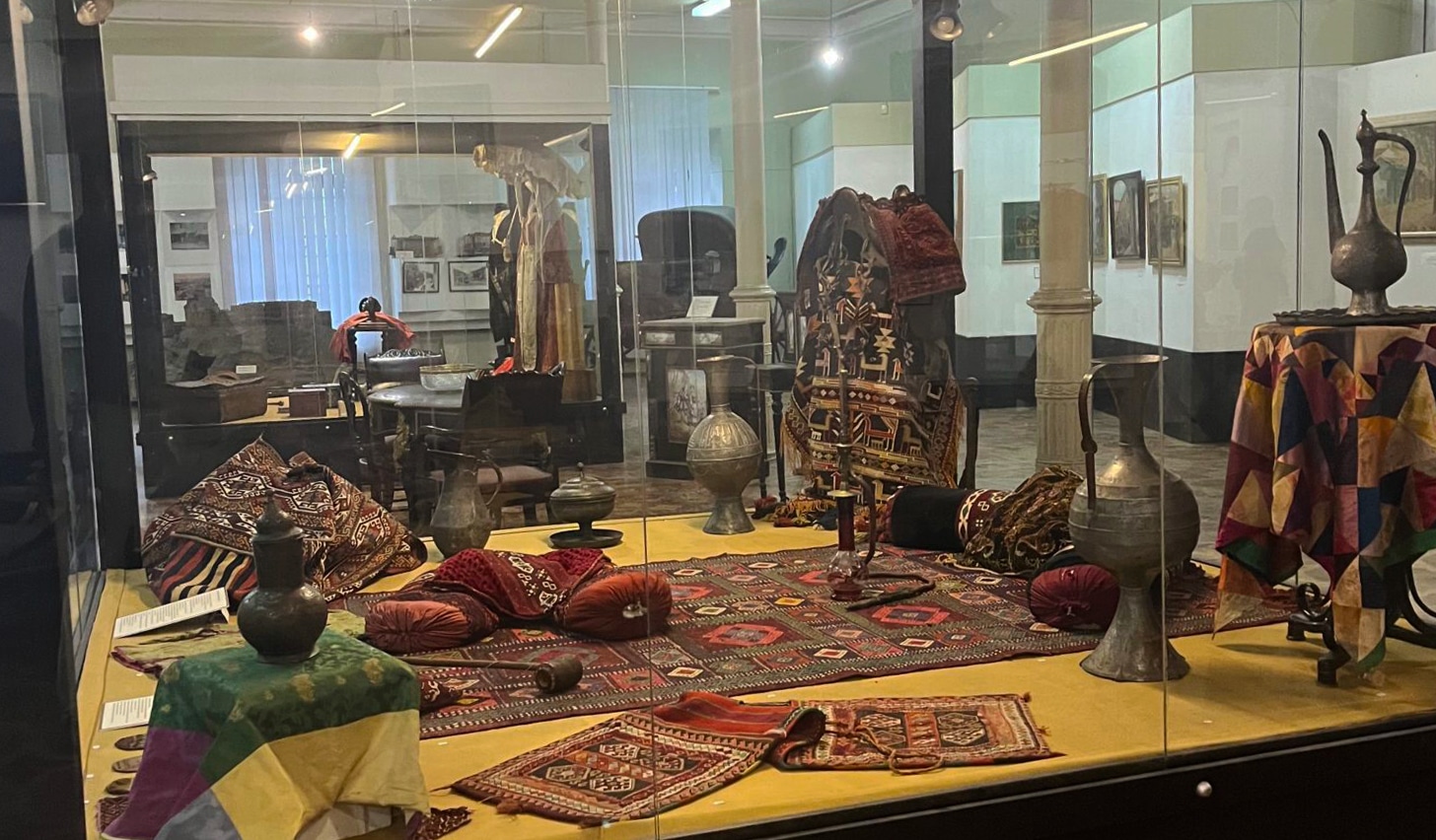
The Tbilisi History Museum
The Tbilisi History Museum is a quick peak into the city’s 19th century past that helps solidify its importance as a commercial hub at the cultural crossroads of the Persian, Ottoman, and Russian empires. Housed in a historic building with other worthwhile museums and telling its story through models, life-size dioramas, historic photographs, and other […]

Bookstores in Tbilisi, Georgia
As an avid reader and introvert, who often prefers a cozy bookstore to bars, I set out to explore three recommended ex-pat bookstores in Tbilisi. Places like Prospero’s, Auditoria, and On the Same Page all cater to Anglophone and/or Russophone readers. I found that these three stores varied widely in terms of ambience and selections, […]
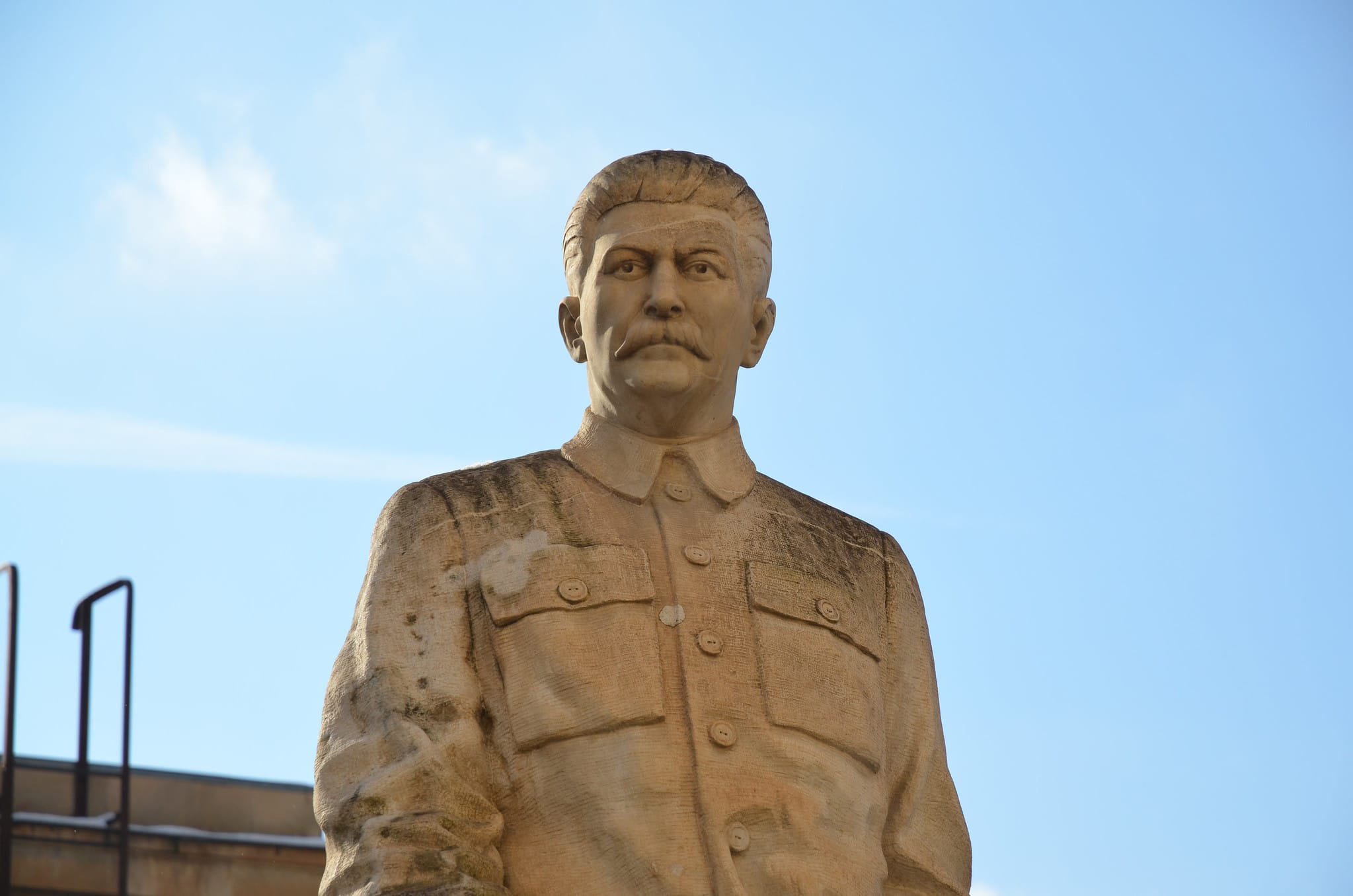
Stalin Museum in Gori, Georgia
Gori, located a ninety-minute drive from Tbilisi, may not catch a visitor’s eye at first. However, the town is forever cemented in history as the birthplace of one of the most well-known leaders in world history: Joseph Stalin. Born Ioseb Jughashvili, Stalin spent the first sixteen years of his life in Gori. While Gori hosts […]



